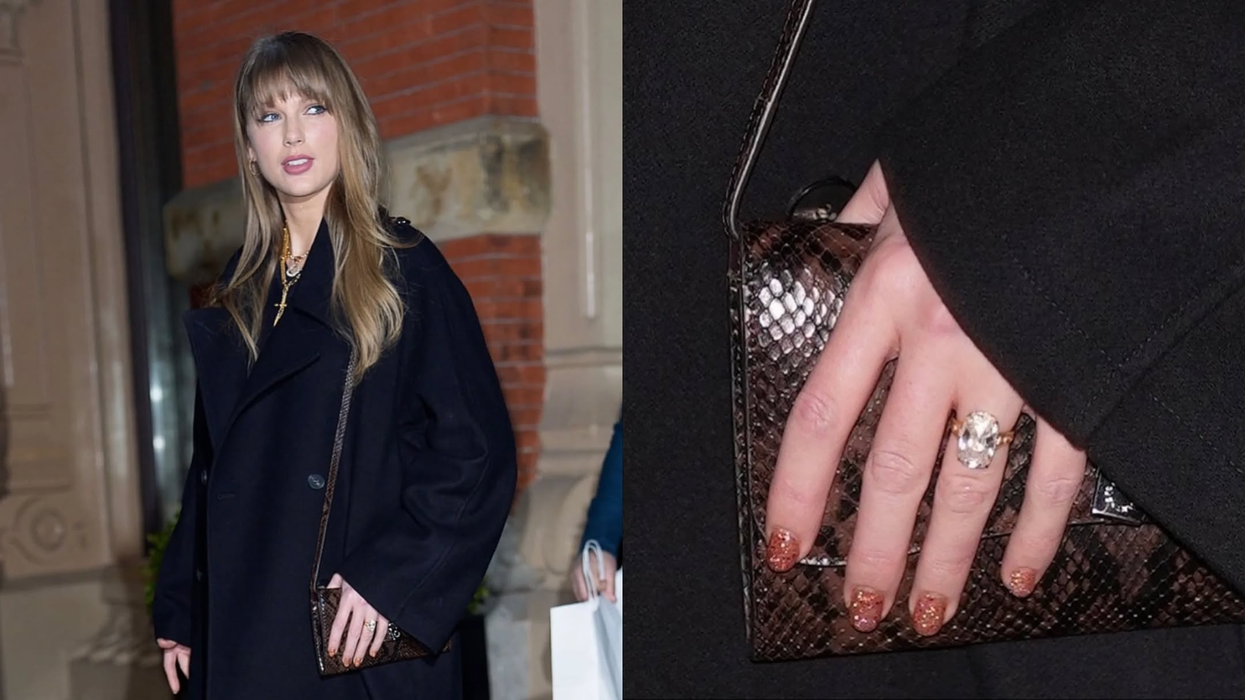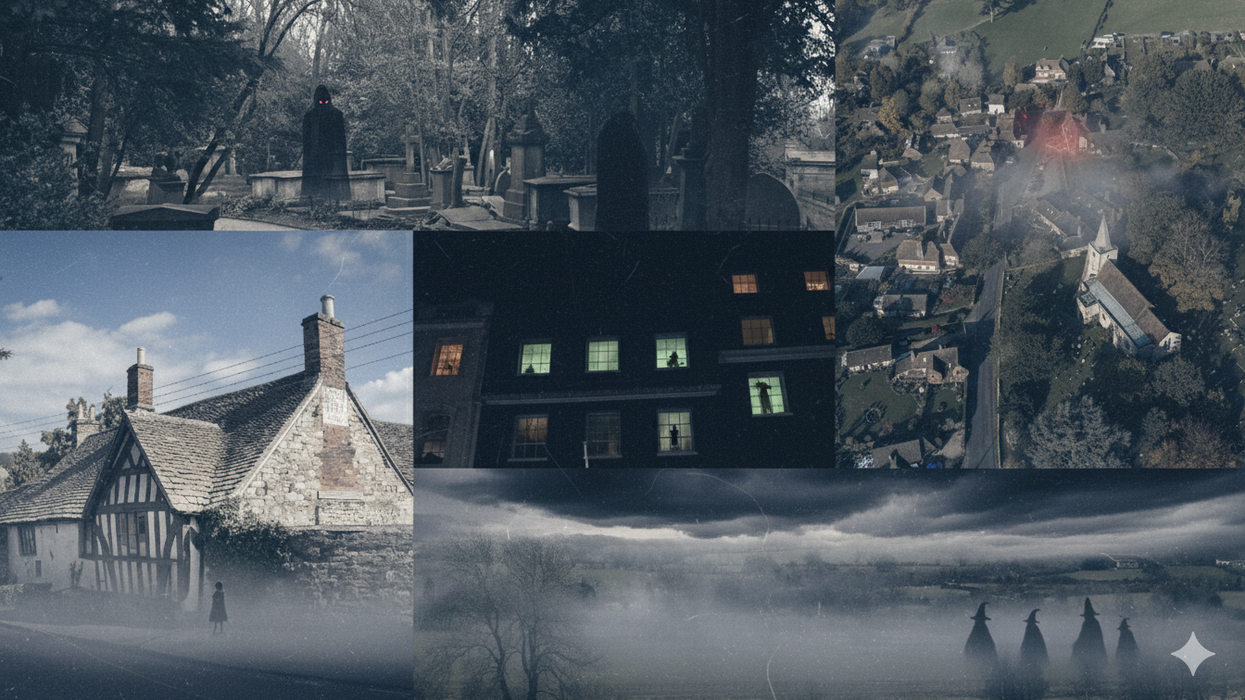The Duchess of Sussex has shared a light-hearted video of herself dancing while heavily pregnant with her daughter Lilibet, as part of a series of posts marking the princess’s fourth birthday.
The clip, posted on Instagram, shows Meghan and the Duke of Sussex dancing in a hospital room as they attempted a TikTok challenge set to the song Baby Mama by Cameron J. Henderson. The track, which includes the lyrics "been pregnant for way too long", was part of a social media trend encouraging expectant parents to dance in the hopes of inducing labour.
Meghan wrote: “Four years ago today, this also happened. Both of our children were a week past their due dates… so when spicy food, all that walking, and acupuncture didn’t work – there was only one thing left to do!” It is not known whether the dance actually brought on her labour.
The video was accompanied by a collection of intimate family photos featuring Princess Lilibet. One black-and-white image shows Meghan holding Lilibet on her lap, both appearing windswept, possibly on a boat. Another photo captures a tender moment from 2021, with Meghan cradling her daughter shortly after birth.
In her caption, the duchess wrote: “Happy birthday to our beautiful girl! Four years ago today she came into our lives – and each day is brighter and better because of it. Thanks to all of those sending love and celebrating her special day!”
A further image shows Lilibet as a newborn looking up at Prince Harry. Another photograph captures a candid moment of the Duke of Sussex walking barefoot on the sand with his daughter in a dress, their backs turned to the camera. Meghan commented on the father-daughter bond, writing: “The sweetest bond to watch unfold. Daddy’s little girl and favourite adventurer. Happy birthday Lili!”
While Meghan typically shares photos of her children with their faces hidden for privacy, one new picture reveals the top half of Lilibet’s face, including her eyes, while the rest is covered by Meghan’s embrace.
Princess Lilibet Diana Mountbatten-Windsor, born on 4 June 2021 in California, is the younger child of Prince Harry and Meghan. She became a princess when her grandfather, King Charles III, ascended the throne. Her elder brother, Prince Archie, is six years old.
The duchess has also hinted at future plans involving her daughter. During an episode of her podcast Confessions of a Female Founder, Meghan said: “I wonder if one day I’ll be in business with Lili and we’ll be building something.” Tina Knowles, Beyoncé’s mother, who was a guest on the episode, responded: “That’s the best.”
Last week, Meghan shared another clip showing herself and Lilibet beekeeping together, both in full protective gear. “Like mother, like daughter – she’s even wearing my gloves,” she captioned the video.
Lilibet is named after Queen Elizabeth II, who was affectionately called “Lilibet” by close family after struggling to pronounce her own name as a child.













